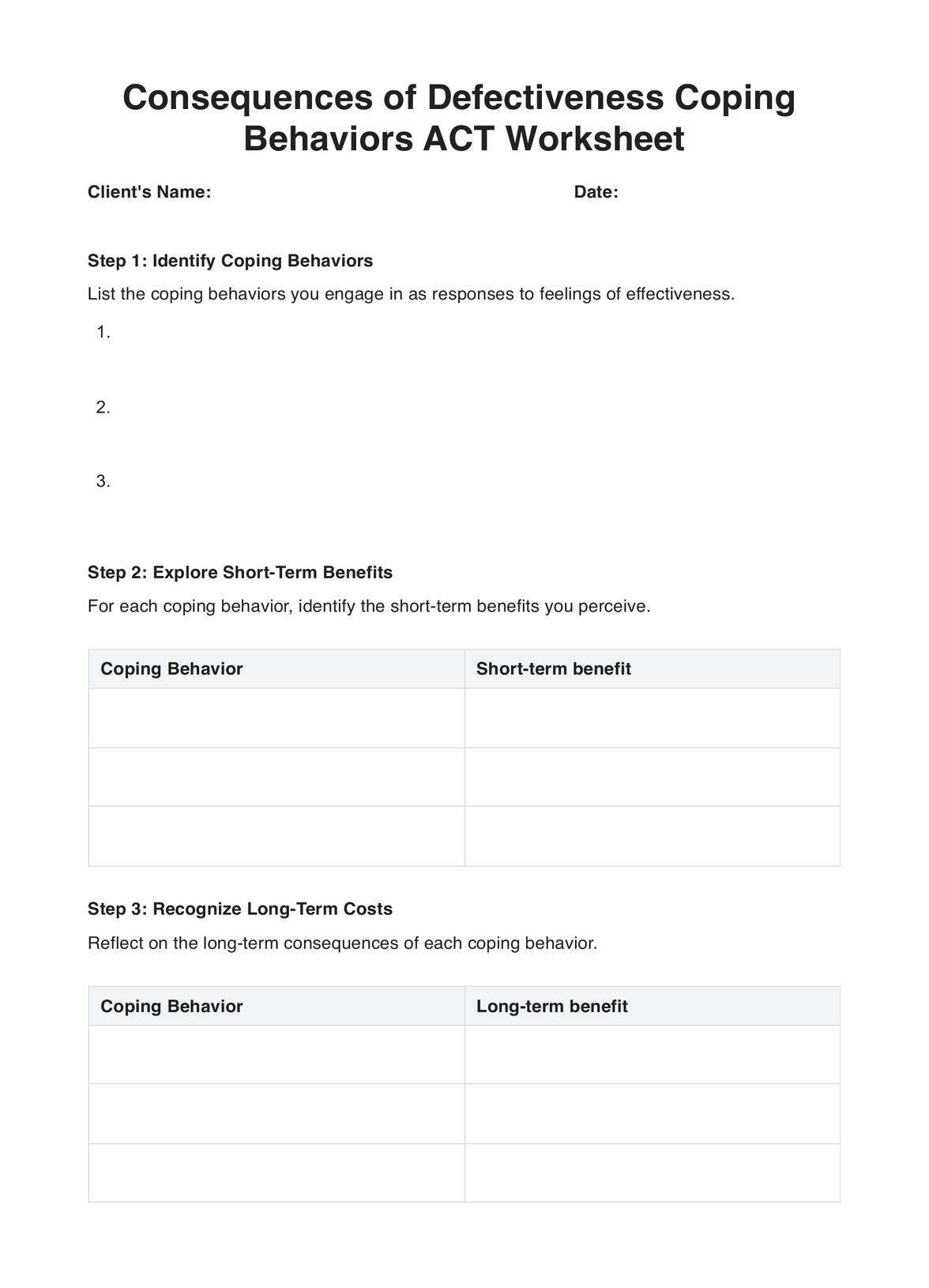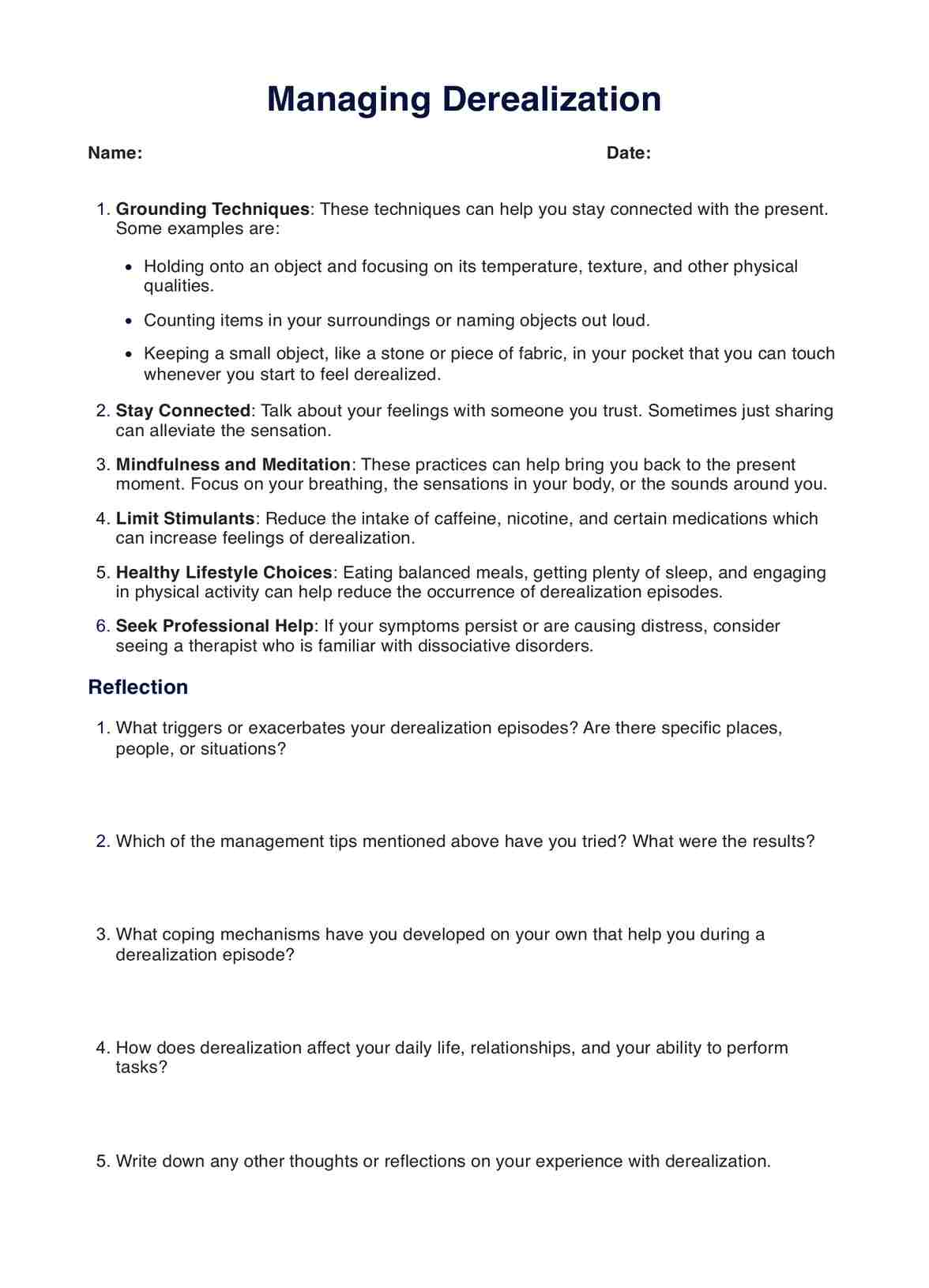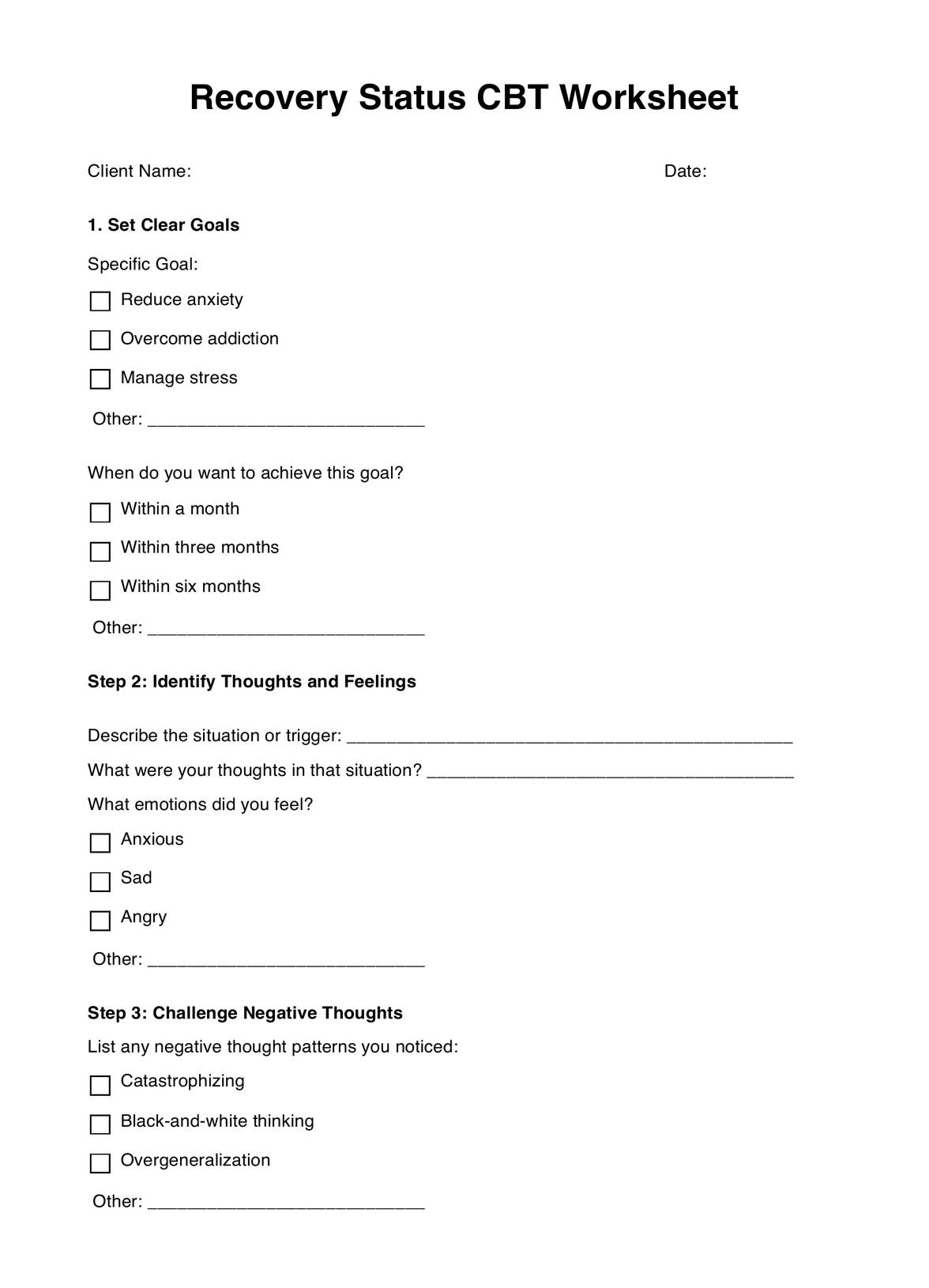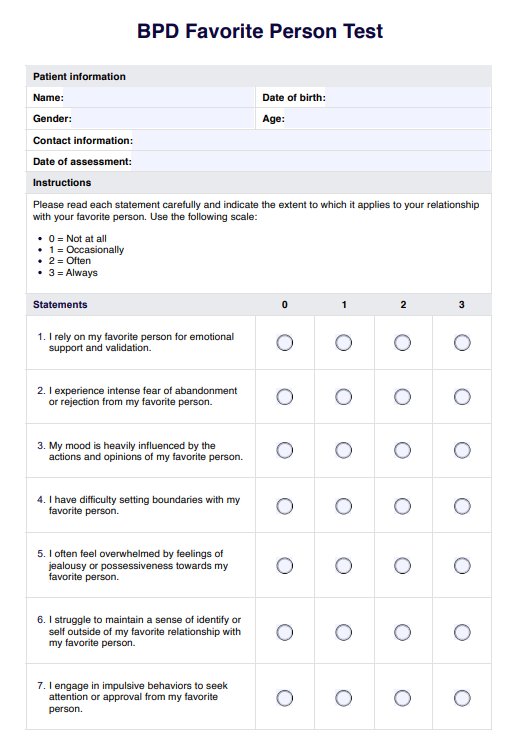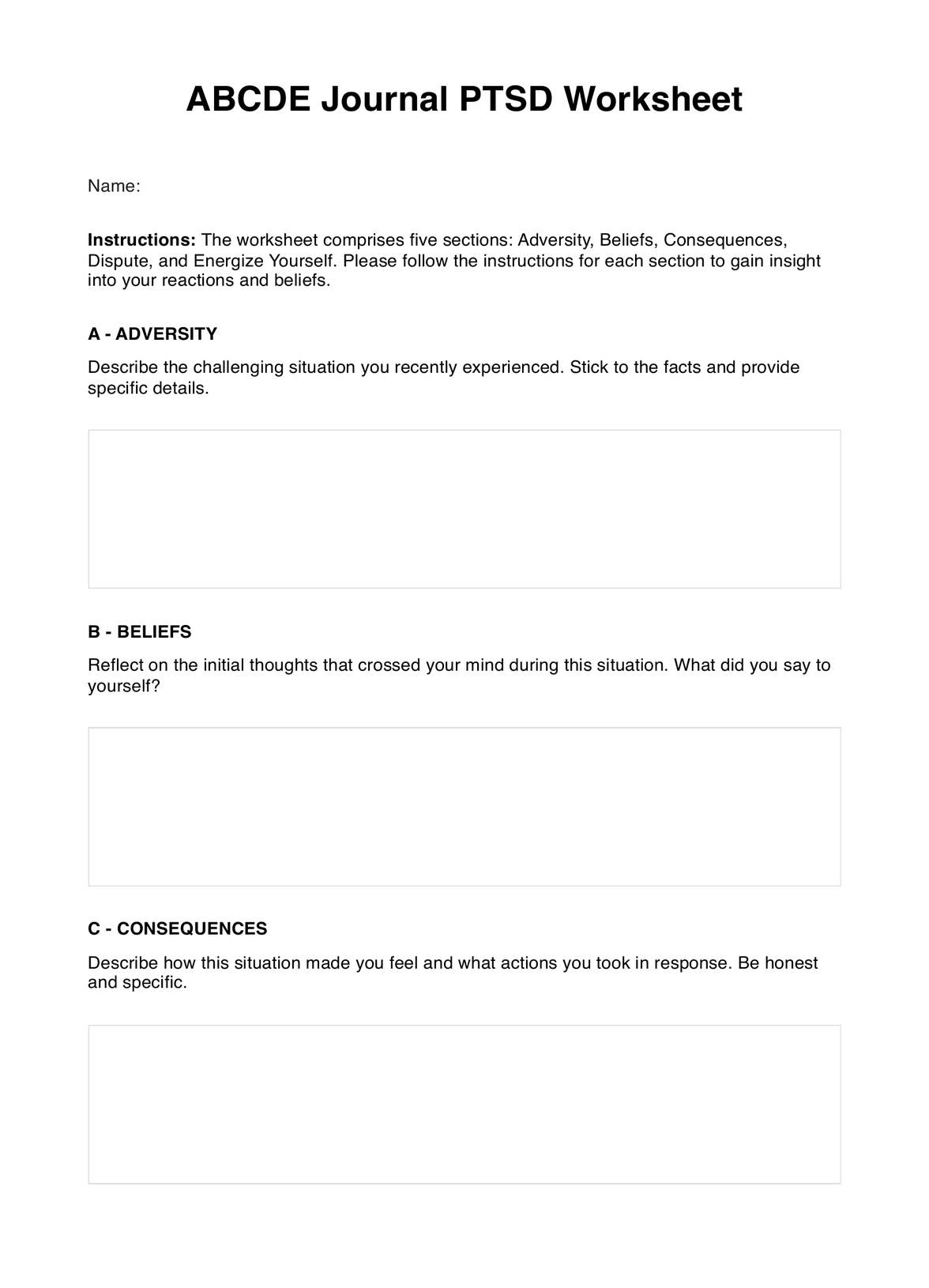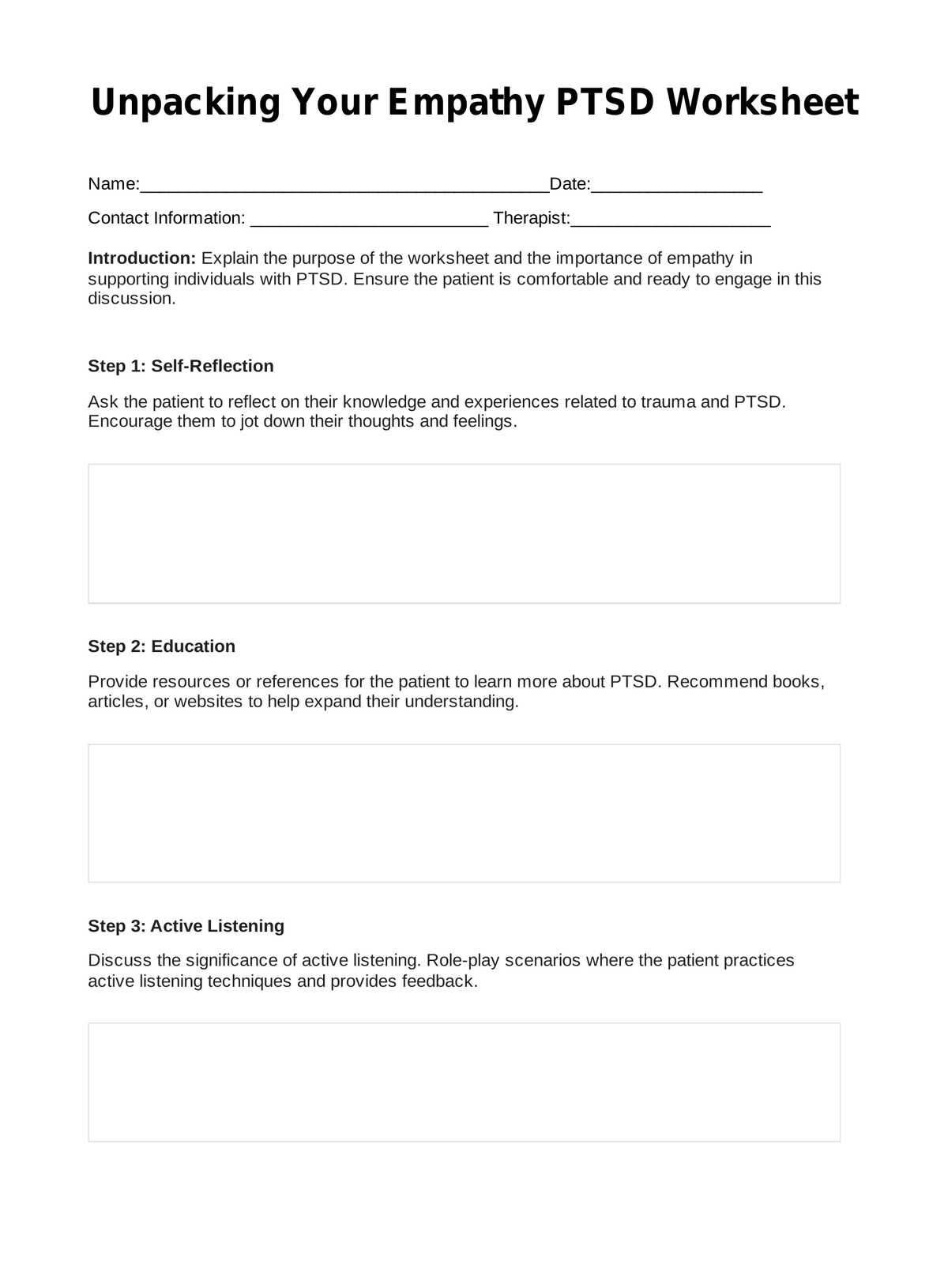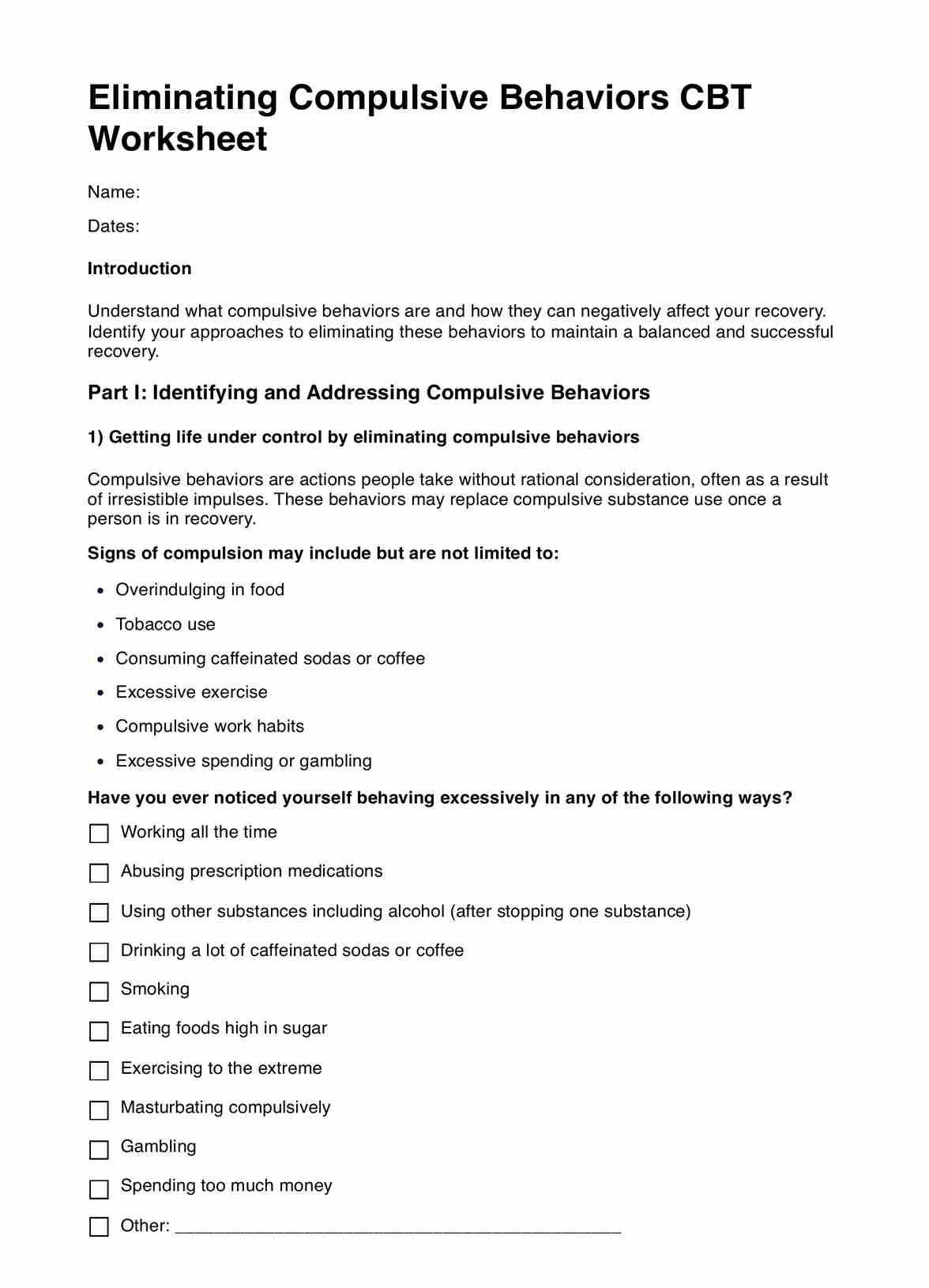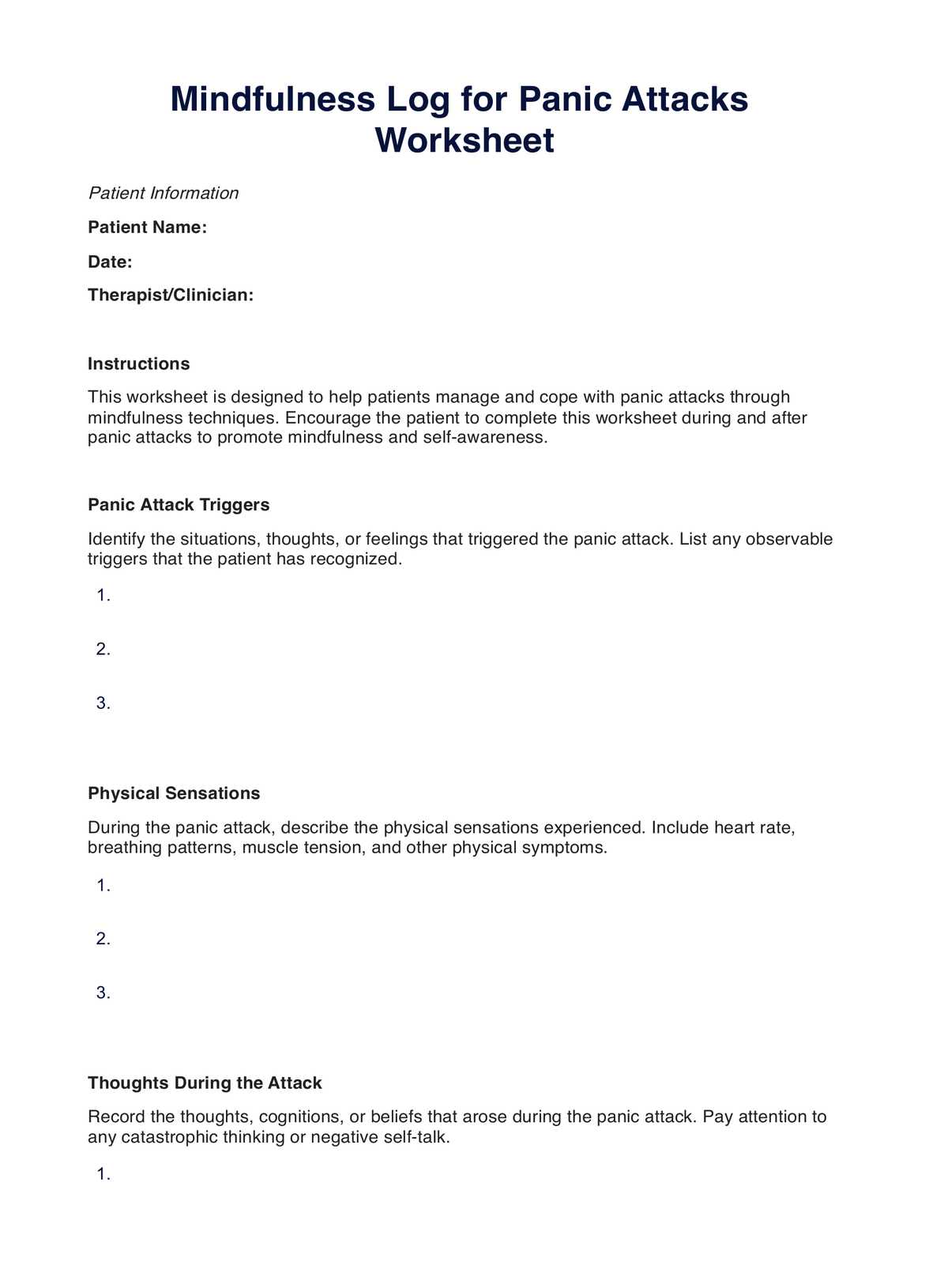Emotional Guidance Scale
Learn more about the Emotional Guidance Scale, a powerful assessment that can enhance your client's emotional well-being and elevate their life.


What is an Emotional Guidance Scale?
The Emotional Guidance Scale, also known as emotional scale, is a remarkable tool to guide individuals in identifying and understanding their emotions. Esther Hicks developed this concept in the best-selling book "Ask, and It Is Given" under the Abraham-Hicks Publications. In her book, she elaborates on the Law of Attraction, teaching readers how to manifest their desires and live a life full of joy and fulfillment.
Also known as the Abraham-Hicks emotional guidance scale or emotional vibration scale, it encompasses many common emotions, from joy, appreciation, freedom, love, and empowerment at the top to negative emotions such as fear, despair, desperation, grief, and powerlessness at the lower end.
Embedded within this emotional scale are emotions such as hope, optimism, and contentment, which serve as stepping stones toward higher states of consciousness and well-being. These emotions catalyze personal growth and transformation, guiding individuals toward greater clarity, purpose, and fulfillment.
The underlying premise is to help individuals discern their emotional state and consciously strive to reach a better-feeling thought, thus navigating to a higher-vibration emotion. Esther Hicks emphasizes that your emotions serve as an indicator of your alignment with your Inner Being. By aligning your thoughts with those of your Inner Being, you can experience positive emotions, making this scale an essential tool for manifesting your aspirations.
Emotional Guidance Scale Template
Emotional Guidance Scale Example
How does it work?
The Emotional Guidance Scale, built on emotional self-awareness and self-regulation foundations, operates through a carefully curated, stepwise process.
Step 1: Encourage clients to identify their emotions
In this step, encourage clients to focus inward and evaluate their emotional landscape. They must recognize and acknowledge their feelings honestly. Assessing where they stand on the Emotional Guidance Scale lays the foundation for utilizing it effectively in therapy.
Step 2: Guide clients to reach for higher-vibration emotions
Next, guide clients in consciously aiming for emotions higher on the scale. Emphasize that this shift doesn't have to be monumental. It's about making gradual progress towards more positive emotional states. Clients should understand that even small steps toward improvement are valuable.
Step 3: Support clients in maintaining positive shifts
Once clients have successfully transitioned to a better-feeling emotion, support them in sustaining this progress. This involves ongoing commitment and practice, encouraging clients to incorporate daily habits that reinforce positive emotional states.
Step 4: Encourage continuous growth
Remind clients that emotional growth is a continuous journey. Encourage them to repeat the process, continuously striving for higher emotional states and deeper self-awareness. Emphasize that setbacks are natural and part of the learning process.
When would you use this template?
The Emotional Guidance Scale template is a versatile tool in various personal and professional scenarios. As mental health professionals, you might find this helpful template in multiple scenarios:
- When your clients find it challenging to identify their actual emotional state.
- When you aim to deepen your client's understanding of their emotions and help them develop effective strategies for emotional regulation.
- When your clients desire to shift their emotional state towards more positivity and abundance.
This powerful resource is a staple for anyone engaged in self-improvement and self-discovery journeys.
Who can use this template?
The Emotional Guidance Scale isn't limited to personal use. Many professionals across diverse fields find it invaluable. Many groups use it, including:
- Mental health practitioners: Psychologists, psychiatrists, and counselors often utilize the scale to help clients navigate their emotional world and develop effective emotional management strategies.
- Life coaches: They frequently use the Emotional Guidance Scale to facilitate their clients' emotional growth and self-discovery, aiding them in attracting more positive experiences.
- Human resources professionals: They might apply the scale to understand employees better and foster a positive work environment.
- Educators: Teachers and school counselors can use the scale to help students articulate their feelings and deal with emotional challenges.
Employing the Emotional Guidance Scale can illuminate insights into one's emotional landscape, making it a go-to tool in any self-improvement, coaching, or therapy toolkit.
Benefits of using this emotional scale
Using the Emotional Guidance Scale offers numerous benefits:
- Self-awareness: The scale aids in understanding your emotional state, promoting better self-awareness.
- Emotional management: By identifying your emotions, you can better manage your emotional health, improving mental well-being.
- Personal growth: The practice can spur personal growth and development, helping you better navigate life's ups and downs.
- Positive manifestations: By consistently striving for better-feeling emotions, you align yourself with positive experiences, thus attracting them into your life.
Experience the benefits by trying out Carepatron's Free Emotional Guidance Scale.
References
- Esther Hicks, Jerry Hicks (2004) Ask, and It Is Given: Learning to Manifest Your Desires Hay House, Inc.
Commonly asked questions
The Emotional Guidance Scale is used by anyone seeking to understand and improve their emotional well-being. It's especially beneficial for individuals practicing the Law of Attraction, therapists, life coaches, and mental health professionals.
The Emotional Guidance Scale can be used whenever you're feeling emotionally overwhelmed, seeking clarity about your emotional state, or striving to shift to a more positive emotional frequency.
Professionals and individuals use the Emotional Guidance Scale to identify someone’s current emotional state and then consciously strive to reach for a better-feeling emotion, moving upwards on the scale.

.jpg)
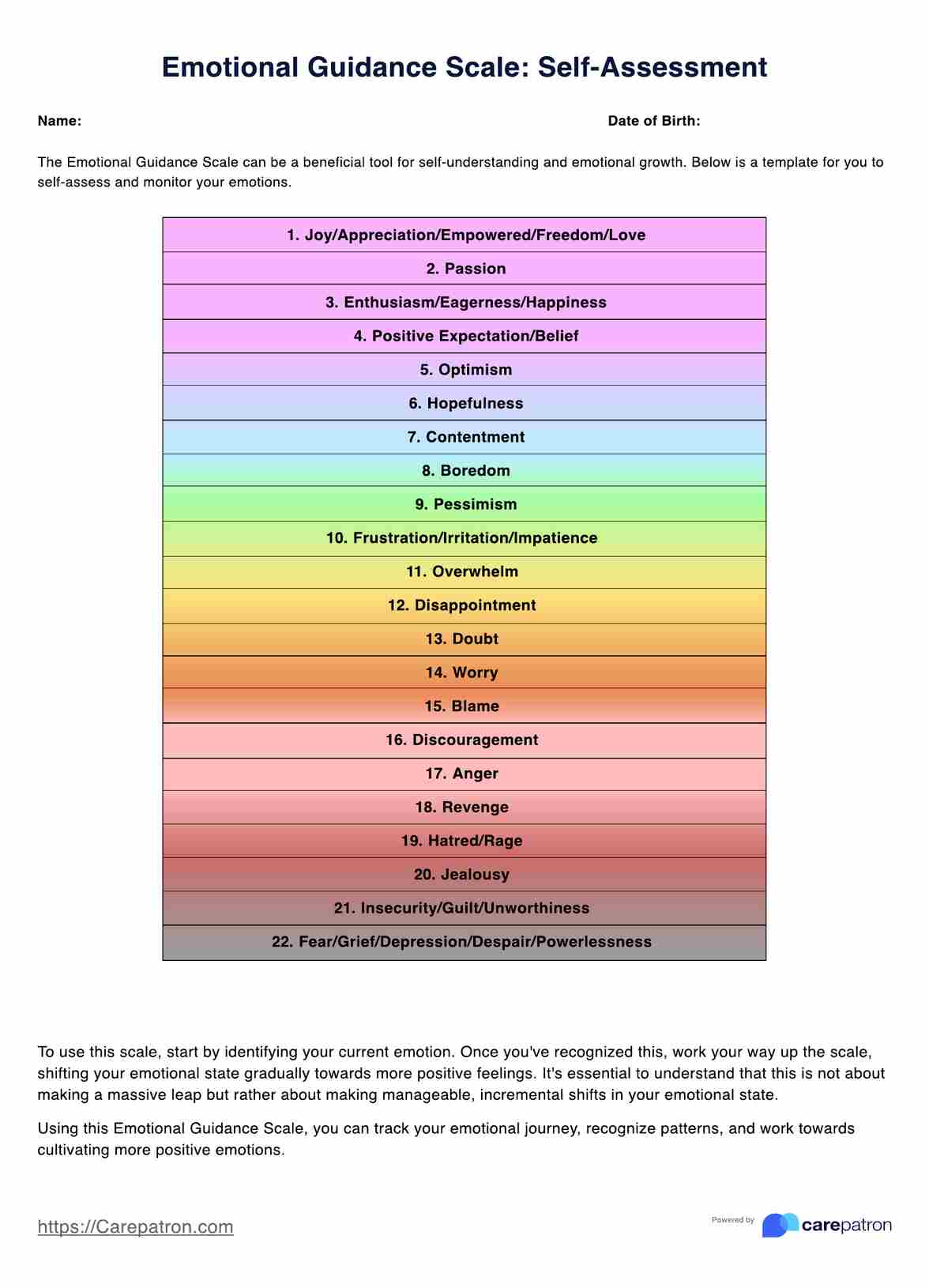
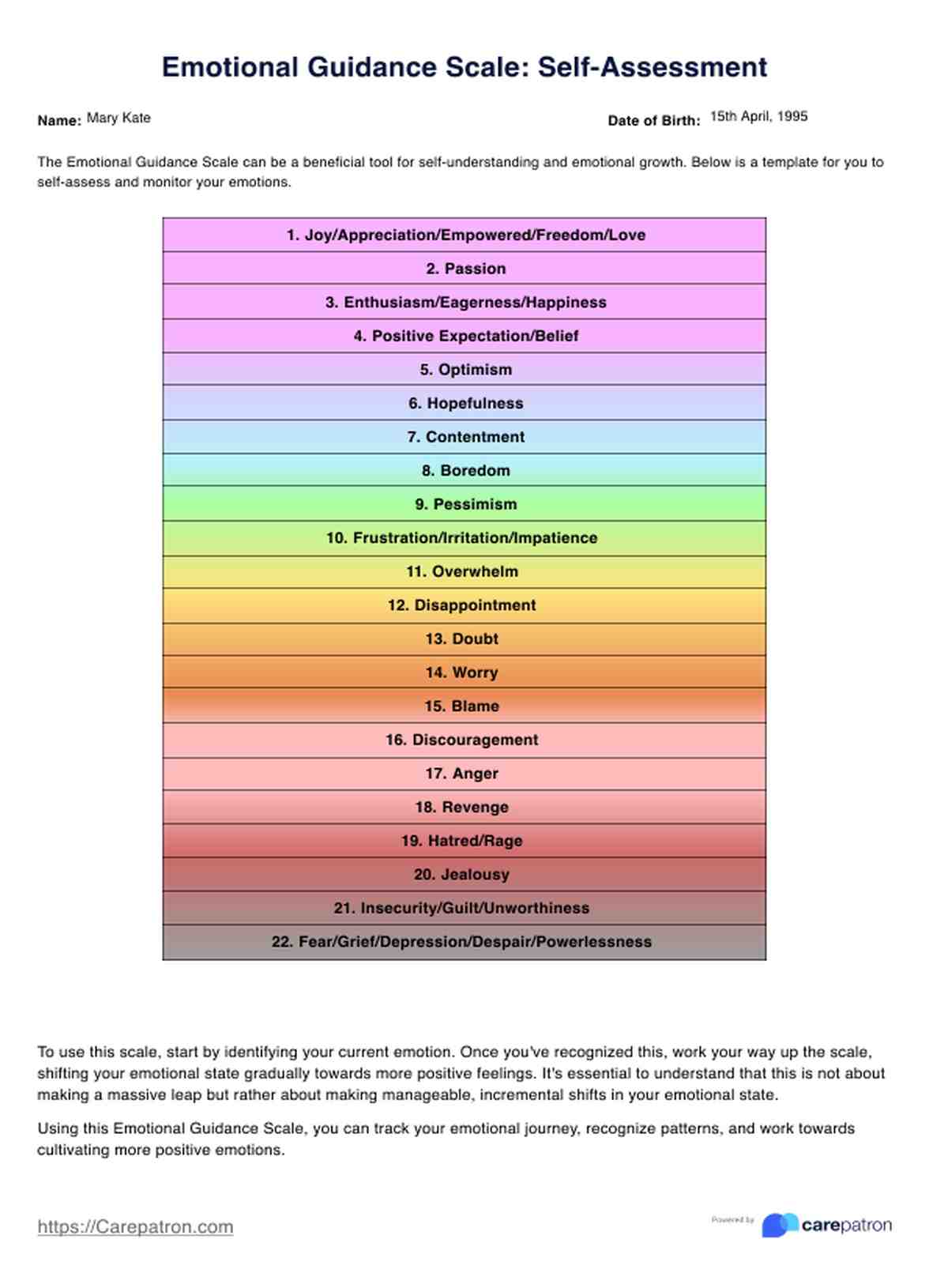















-template.jpg)





















































































